As a curious person, I love imagining what the future holds, especially when it comes to technology. While we often think of futuristic gadgets, what really excites me are the materials that make them possible. From self-healing fabrics to materials that can store energy, science is discovering new ways to shape the world around us. These next-generation materials aren’t just breakthroughs for engineers—they could transform how we live, work, and even save the planet. Whether it’s creating more sustainable products or improving medical care, these futuristic materials are poised to change everything we know about technology and our daily lives.
1. Graphene: The Supermaterial

Graphene is an ultra-thin, one-atom-thick layer of carbon that’s 200 times stronger than steel and yet incredibly flexible. It conducts electricity better than copper and can revolutionize industries from electronics to medicine. Scientists are working on everything from graphene-based batteries to wearable sensors, with the potential to make tech faster and more efficient.
2. Self-Healing Concrete
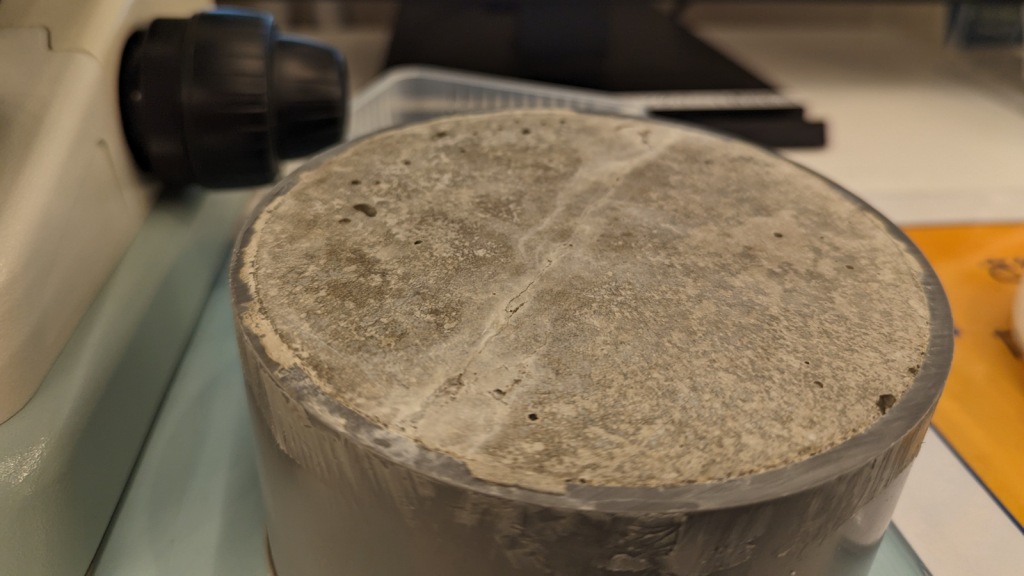
Imagine roads and buildings that repair themselves. Self-healing concrete contains special bacteria or microcapsules that release healing agents when cracks form. This not only extends the lifespan of structures but also reduces the need for expensive repairs. It’s being trialed across Europe and could redefine urban planning.
3. Aerogels: The Solid Smoke
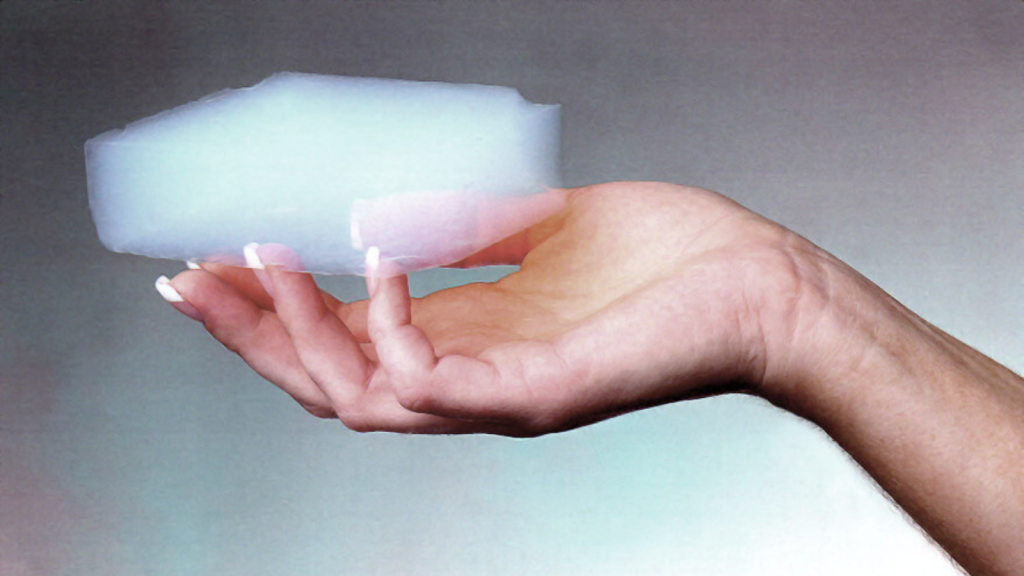
Often called “solid smoke,” aerogels are among the lightest materials on Earth, made of up to 99.8% air. Despite being incredibly lightweight, they are strong insulators and can withstand extreme temperatures. Aerogels are already used in space suits and could become critical for energy-efficient buildings and advanced insulation.
4. Transparent Aluminium

Yes, transparent aluminium is a real thing! This material, known scientifically as aluminium oxynitride, is four times stronger than glass. It has the potential to replace conventional glass in everything from smartphone screens to military vehicles, offering improved strength and security without sacrificing transparency.
5. Metamaterials: Bending Light and Sound
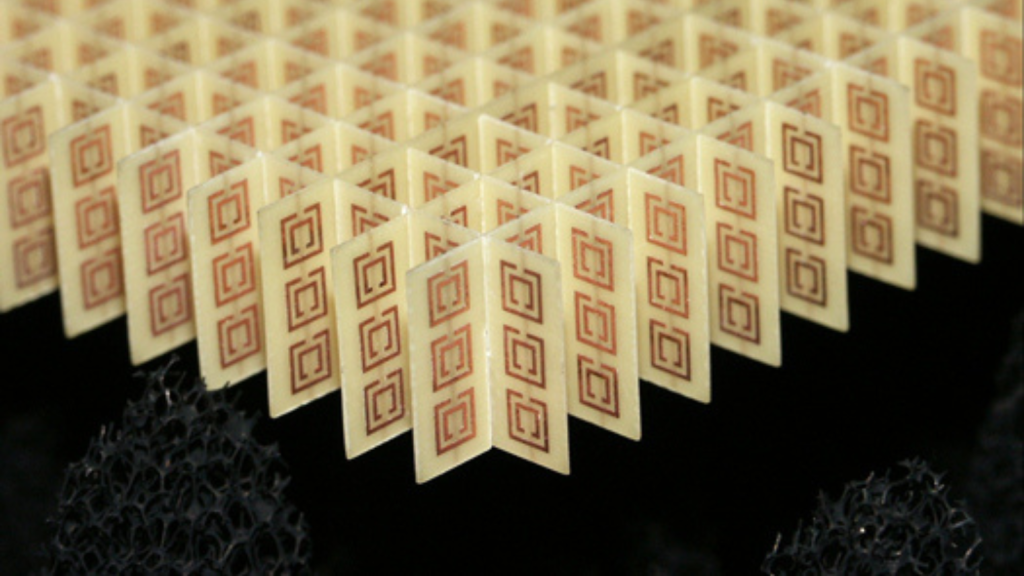
Metamaterials are engineered with unique structures that allow them to control waves, like light and sound, in extraordinary ways. These materials can potentially make objects invisible by bending light around them or creating ultra-high resolution lenses. They are already being used in stealth technology and could revolutionise optics and telecommunications.
6. Memory Shape Alloys
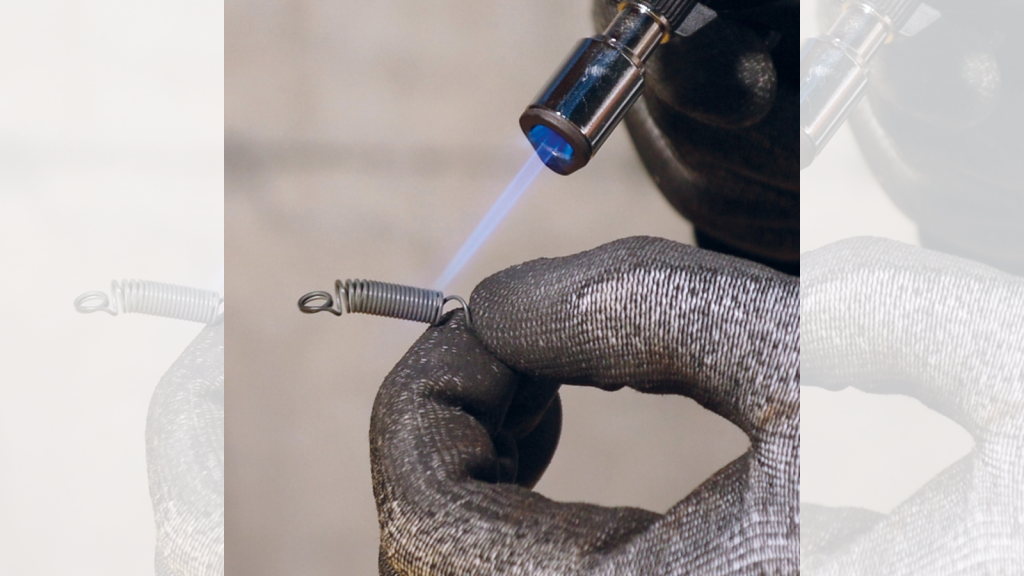
Imagine metals that can “remember” their original shape. These memory shape alloys return to a predetermined shape when heated. Applications range from medical devices, like stents that expand inside arteries, to everyday products like eyeglass frames that pop back into shape after being bent.
7. Carbon Nanotubes
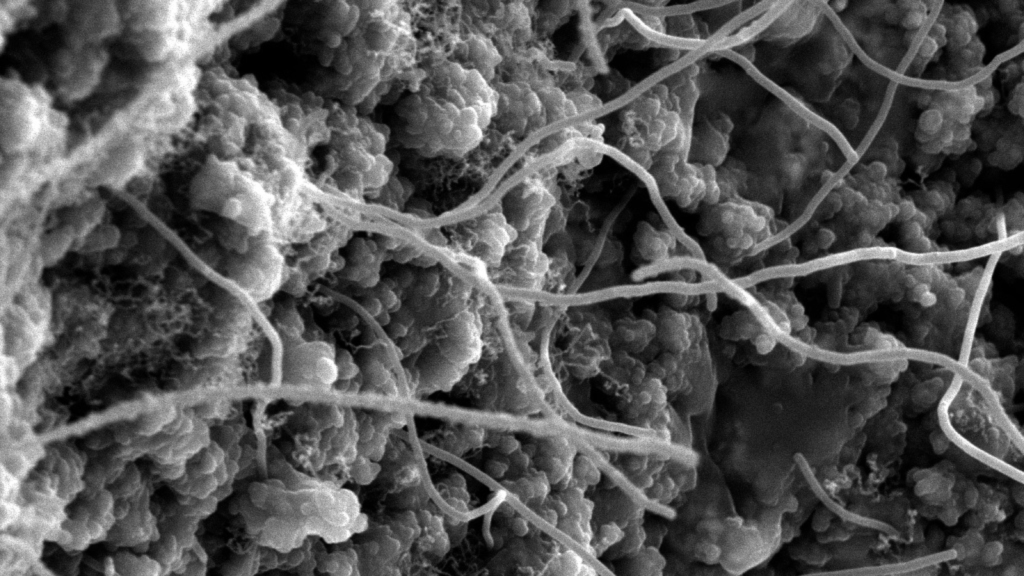
Carbon nanotubes are hollow cylinders made of carbon atoms arranged in a hexagonal pattern. They’re incredibly strong, lightweight, and excellent conductors of electricity. With potential uses in everything from bulletproof vests to space elevators, they could be the building blocks of future megastructures and electronics.
8. Synthetic Spider Silk
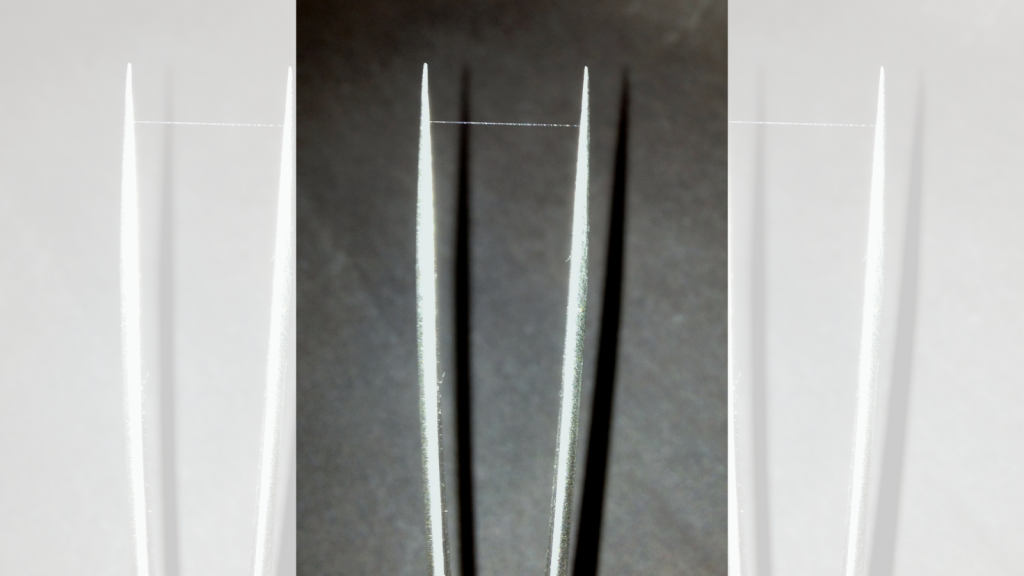
Spider silk is five times stronger than steel, and scientists have finally figured out how to recreate it in the lab. Synthetic spider silk could change everything from clothing to construction materials, offering an eco-friendly, biodegradable alternative to many of the plastics and fibres we use today.
9. Superhydrophobic Materials

Superhydrophobic materials repel water so effectively that droplets bounce right off them. This property could be applied to create self-cleaning surfaces, water-repellent clothing, or even more efficient energy systems. Industries like shipping, aviation, and textiles are exploring the benefits.
10. Bioplastics: The Eco-Friendly Alternative
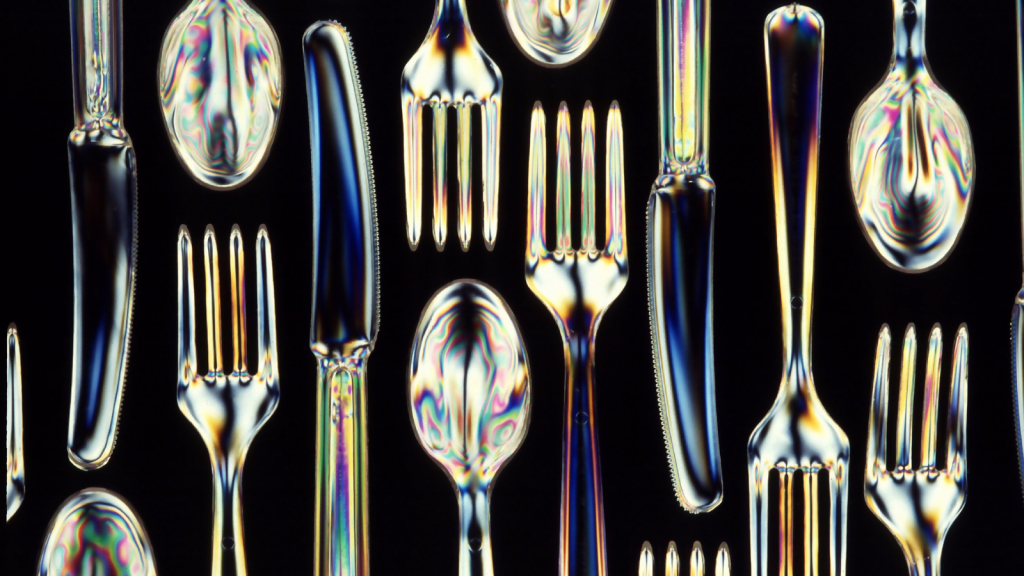
Traditional plastics are a nightmare for the environment, but bioplastics made from renewable resources like cornstarch or sugarcane offer a greener option. These materials decompose naturally and could help reduce the amount of plastic waste that ends up in our oceans and landfills.
11. 3D-Printed Materials
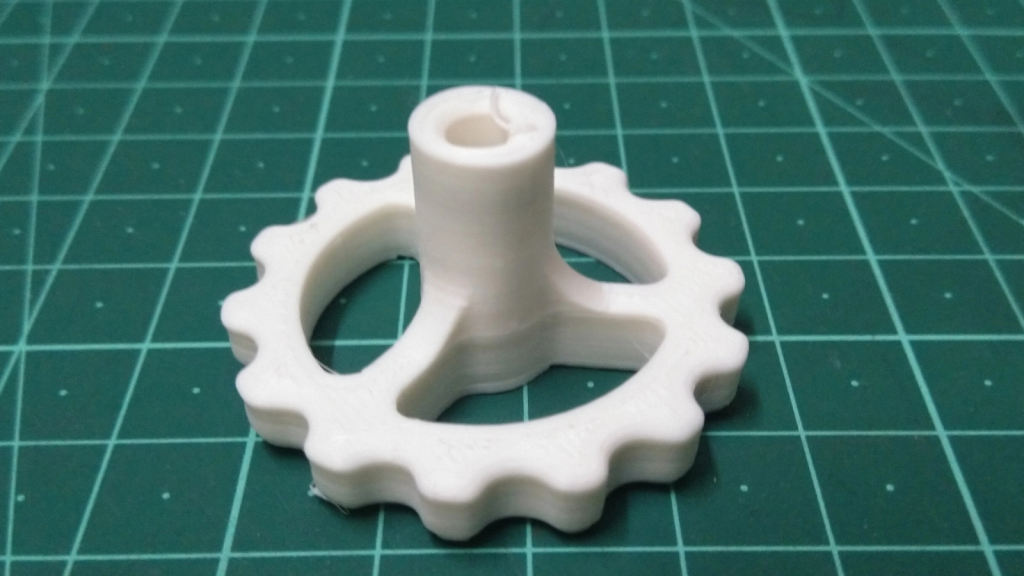
3D printing technology is advancing quickly, and now materials that can be printed layer by layer are taking things to the next level. From custom medical implants to entire buildings, 3D-printed materials could dramatically reduce waste and make production more efficient.
12. Metal Foams
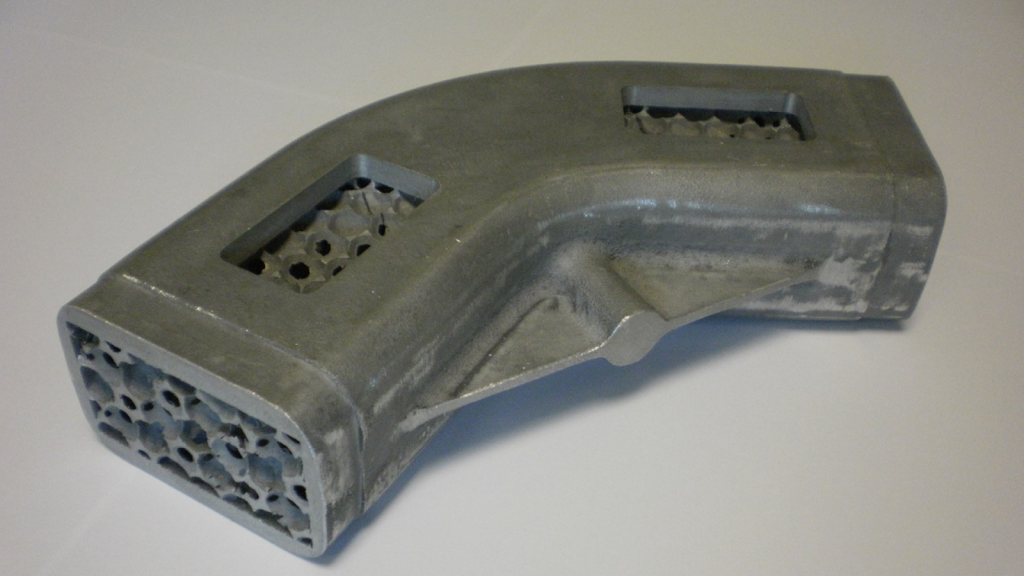
Metal foams are lightweight, porous materials that can absorb high amounts of energy, making them perfect for use in impact protection, such as in car crash zones. They also have great potential in lightweight construction and noise reduction, offering an environmentally friendly alternative to solid metals.
13. Programmable Matter

This is a material that can change its properties—like shape or stiffness—on command. Imagine clothing that changes thickness based on the temperature, or furniture that assembles itself. Programmable matter is still in its infancy, but it could redefine manufacturing and design.
14. Conductive Polymers

Conductive polymers are plastics that conduct electricity, opening up a world of new possibilities. From flexible electronic circuits to transparent solar panels, these materials can be used in devices where traditional metals are impractical. They also offer the potential for cheaper, more sustainable electronics.
15. Metal Organic Frameworks (MOFs)
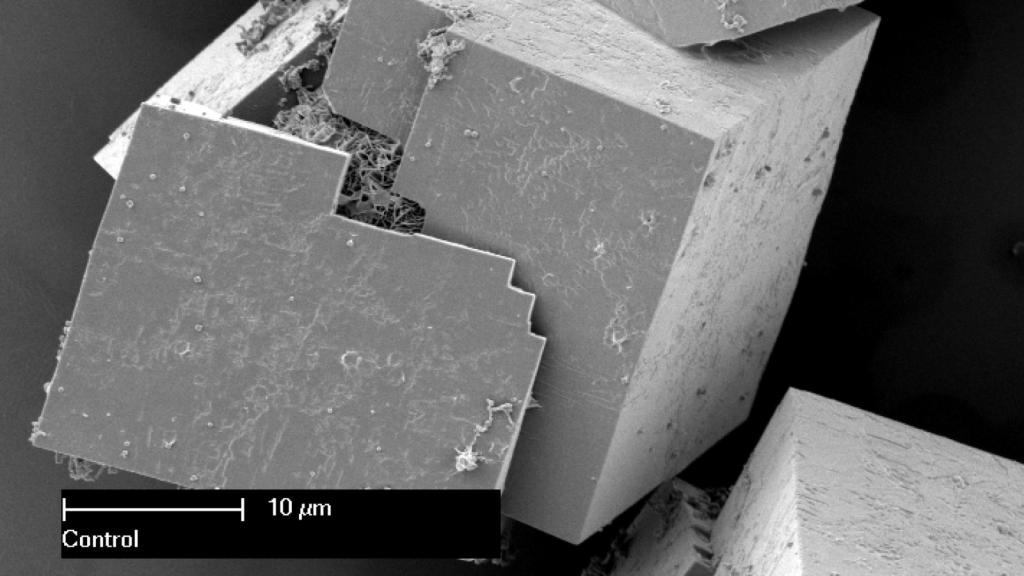
MOFs are crystalline compounds that have an extraordinary ability to trap gases. They can store hydrogen for fuel cells or capture carbon dioxide from the atmosphere, making them essential for tackling climate change and creating cleaner energy solutions in the future.
16. Nanocellulose: Stronger Than Steel
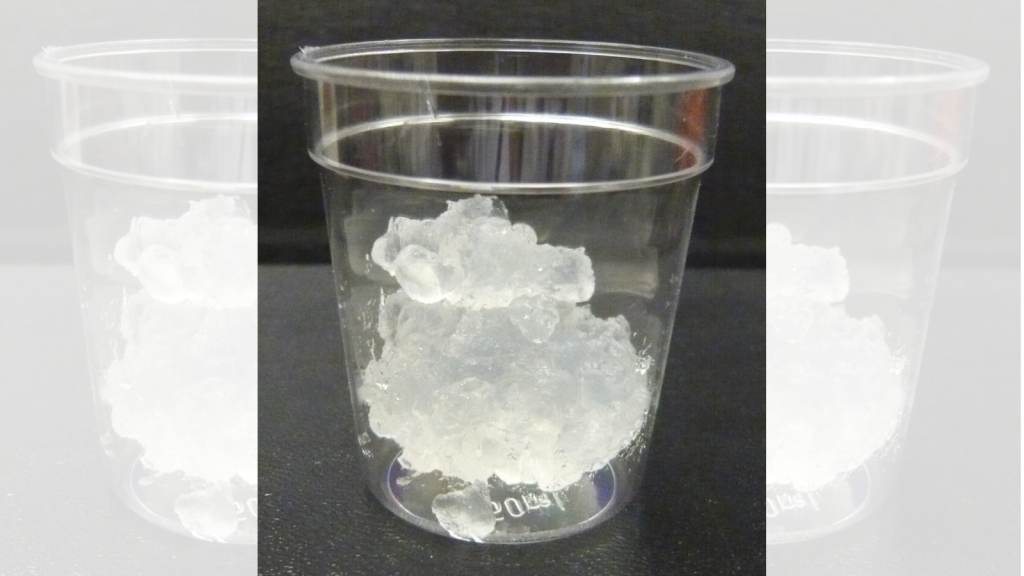
Nanocellulose is a material derived from wood pulp, and it’s stronger than steel but much lighter. It could be used in everything from body armour to lightweight vehicles, offering an environmentally friendly alternative to steel and plastic while taking advantage of renewable resources.
17. Synthetic Diamond

Synthetic diamonds are now more than just for jewellery—they are being used in cutting-edge technology, like advanced semiconductors and high-performance machinery. Because synthetic diamonds can be created with perfect structure, they are ideal for industrial uses where extreme durability is needed.
18. Liquidmetal

Liquidmetal is an amorphous metal alloy that’s harder than titanium and has incredible elasticity. It could replace traditional metals in applications like sports equipment, smartphones, and even medical devices. Its unique properties make it ideal for applications where both strength and flexibility are required.
19. Pykrete: Ice Plus Wood Pulp

Pykrete is a frozen composite material made of water and wood pulp, and it’s much stronger than ice. Originally developed during World War II for building unsinkable ships, pykrete is now being revisited as a sustainable construction material for cold climates and even for building floating structures.
20. Bio-Concrete

Bio-concrete incorporates bacteria that produce limestone, which allows cracks to be naturally sealed over time. It could extend the lifespan of buildings and infrastructure, drastically reducing the need for repairs and maintenance, and help build more resilient cities.
21. MXenes: The New 2D Wonder

MXenes are a family of 2D materials that can conduct electricity while being ultra-thin. Their potential applications range from energy storage to flexible electronics, and they could help create faster, smaller, and more efficient devices, pushing the limits of technology as we know it.
16 American Foods Brits Can’t Stand

Food preferences can vary wildly across cultures, and what’s considered a delicacy in one country might be seen as downright bizarre in another. This cultural divide is particularly evident when comparing American and British cuisines. While the two nations share a common language, their tastes in food can be worlds apart. From overly sweet concoctions to processed cheese products, there are certain American foods that many Brits find hard to stomach.
Read More: 16 American Foods Brits Can’t Stand
Ellen has been obsessed with logic puzzles, jigsaws, and cryptograms since she was a kid. After learning she was taught how to play chess wrong by a family friend (so they could win), she joined her school chess club and the rest is history.


